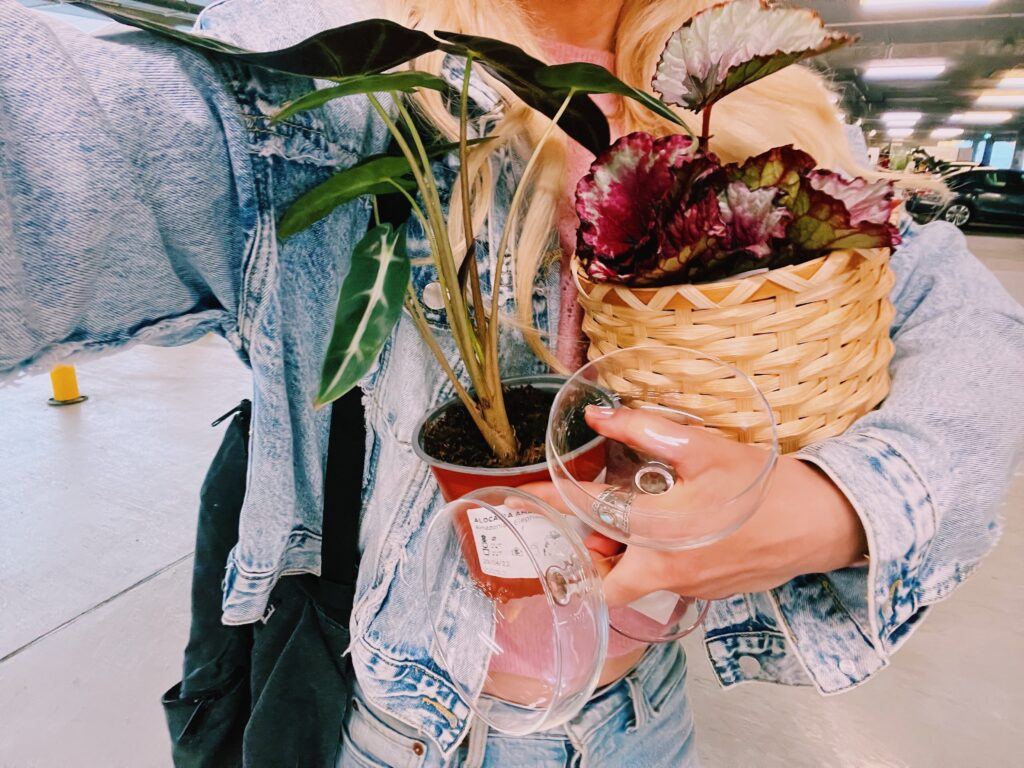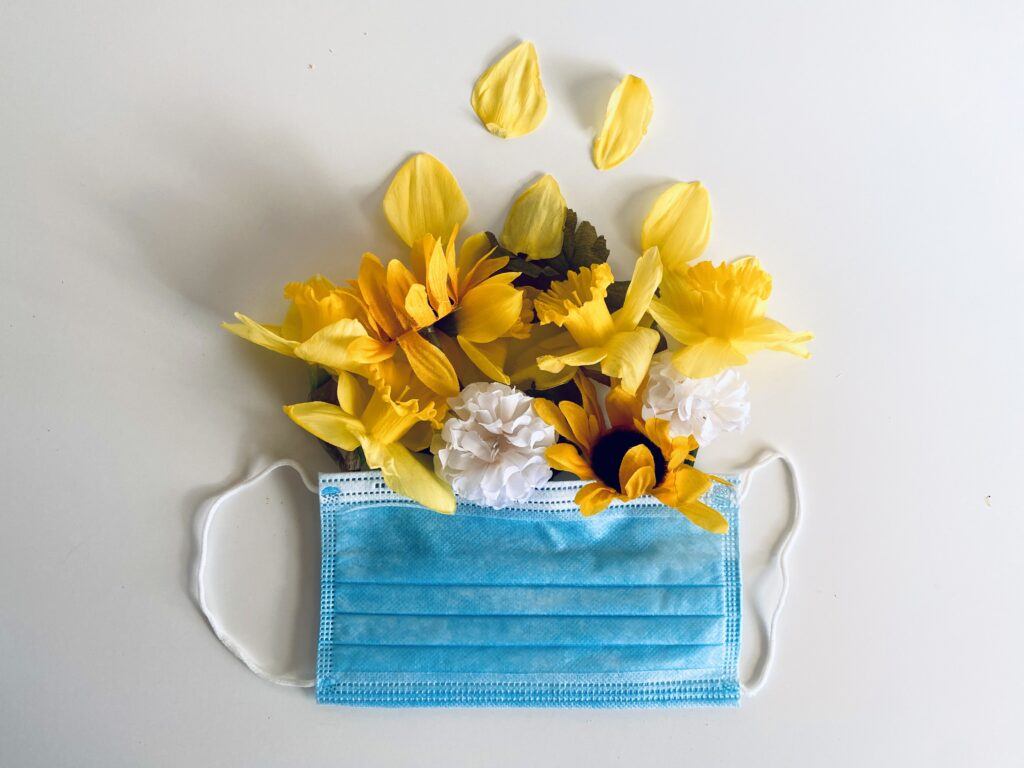
For anyone who spends time on social media, it is not a surprise that Gen Z has a keen interest in plants. Many are opting to bring the outdoors in, using plants to create a mini-ecosystem in their homes and bedrooms. This generation seems to find peace and satisfaction in the greenery that surrounds them.
Plants offer Gen Z a unique form of self-expression. Unlike the generic posters and decorations, each plant can mirror individual personalities and preferences. From a vibrant, leafy philodendron to a quirky cactus, every plant adds to the narrative of one’s personal style, making it a perfect addition to their living spaces.
Environmental sustainability is an important consideration for Gen Z, and indoor gardening has become a part of this movement. Plants help purify the air, encourage a sustainable lifestyle, and serve as a daily reminder of our connection to nature. For a generation that’s highly aware of environmental issues, this aspect adds a significant layer of attraction.
Wellness and health trends also have their roots deeply entwined with Gen Z’s plant love. The calming effect of nature, even in small doses, is a draw. And it is not surprising to learn that young people bring plants into their home as a form of stress relief and mental well-being. Many choose low-maintenance greenery or plants perfect for small spaces that align with their urban lifestyle. It ties into broader narratives of mindfulness and self-care, which are central to living a balanced life.
Roots of Popularity: Factors Fueling Gen Z’s Love for Plants

Awareness about climate change and sustainable practices has significantly impacted Gen Z’s lifestyle choices, including their relationship with plants. Many young people see plant care as a hands-on way to practice what they preach about environmental responsibility. This commitment to nature is a powerful motivator, driving the popularity of plants among this cohort.
Living in urban settings often means limited access to nature, but houseplants offer a simple solution to this disconnect. With plants, Gen Z can easily incorporate elements of the natural world into their lives. It satisfies a deep-seated need to stay connected with nature, even in small apartments or shared living spaces.
Minimalism and aesthetic appeal play a big role too. Plants act as versatile decor pieces that fit seamlessly into the clean and uncluttered style favored by many young adults. They add life and vibrancy to spaces while aligning with the minimalist ethos of “less is more.” Adding a touch of green can transform a space without overwhelming it.
Caring for plants might seem daunting, but the accessibility and simplicity of starting with easy indoor plants for beginners make it attractive. Once someone starts with a single plant, it’s easy to see how this can grow into a larger hobby. Nurturing plants can be rewarding, serving as a form of companionship and providing a sense of achievement as they thrive.
The Social Media Effect: How Online Platforms Amplify Plant Love

Social media platforms, particularly Instagram and TikTok, have played a big part in spreading the plant craze among Gen Z. These platforms are packed with inspiring content around plant care and aesthetic setups, capturing the attention of young users as they scroll. The visual appeal of plants makes them perfect for sharing and reposting, fueling widespread interest.
Influencers and creators sharing their plant journeys and tips have seriously inspired their audience. By demystifying plant care and showing a more accessible side to gardening, they’ve encouraged a whole generation to join the green movement. It’s no longer just a hobby for the older crowd; it’s a trend that young people are excited to explore. From self-watering pots to smart indoor garden kits, Gen Z is redefining what it means to be a plant parent.
The online plant community is thriving, providing a space for connection and interaction. People share their plant successes and troubleshoot challenges together, creating a supportive environment for plant enthusiasts to learn and grow. Hashtags dedicated to plants and gardening make it easy for users to connect and find like-minded individuals.
Plant-related trends and memes spread quickly, adding a fun dimension to plant care. Whether it’s the “Propagation Challenge,” or the “Monstera Monday”, these online posts create buzz and encourage active participation. They serve as a gateway into a more fulfilling relationship with nature that resonates with Gen Z’s strong sense of community and shared values.
Pandemic Plant Parenting: Gardening’s Resurgence During COVID-19

When the pandemic hit, many of us found ourselves spending more time at home than we ever thought possible. Plants quickly became a popular choice for those looking for new hobbies. They offered a productive way to fill time, care for something living, and decorate home spaces that suddenly became our world.
Crisis times have a way of reshaping priorities. For a lot of folks, the need for stress relief and mental peace became crucial. Engaging with plants provided a grounding daily activity that helped manage the overwhelming feelings many experienced. It was a way to cultivate calm in the midst of chaos.
The slow pace of plant care appealed to those seeking more mindful, intentional routines. As routines and lifestyles shifted dramatically, taking time to tend to plants offered a welcome respite. Not only did it provide a sense of purpose, but it also helped foster patience and presence, which were much needed during uncertain times.
Looking ahead, it’s clear that the pandemic has lasting effects on plant passion. Many Gen Zers who embraced plants during lockdowns continue to keep them as part of their lifestyle even as life has returned to a new normal. This surge in popularity shows how much plants have become companions rather than mere decor items, signifying a deeper connection with nature.

It’s fascinating how plants have become such a significant part of Gen Z’s lifestyle, almost like a form of self-expression and mental wellness combined. I think the appeal goes beyond aesthetics, there’s this nurturing aspect and a sense of responsibility that resonates strongly with younger generations. It also feels like plants create a calming, grounded space amid the digital overload many face today. Do you think this trend will lead to more sustainable habits overall, or is it more of a passing phase tied to current social media culture? I’d love to hear your thoughts on how this might evolve.
Slavisa,
Your comments are very insightful. I think that many are aware that digital overload has become a real problem in our society, and I believe that awareness is the beginning of change. Educating and informing individuals give them the power to choose which path they will take. I am hopeful that as families and individuals become aware that we are more isolated with our phones and tablets, we will choose to engage with the great outdoors and learn to build face to face relationships more often.
I honestly didn’t think Gen Z would be so into plants, lol. But your self-reflection and how you compare personal growth to plant care is super insightful. It makes total sense, though. In tough times, people’s priorities shift and finding ways to deal with stress becomes so important. Taking care of plants gave a lot of people a daily moment to just breathe and ground themselves. It was like a way to find some peace when everything else felt chaotic.
Linda,
I totally agree with your comments, and I was surprised to learn that Gen Z had such passion about gardening. But when you think about how enthusiastic they are about our planet, combined with being “kept in” during the pandemic, it makes perfect sense. Thank you.